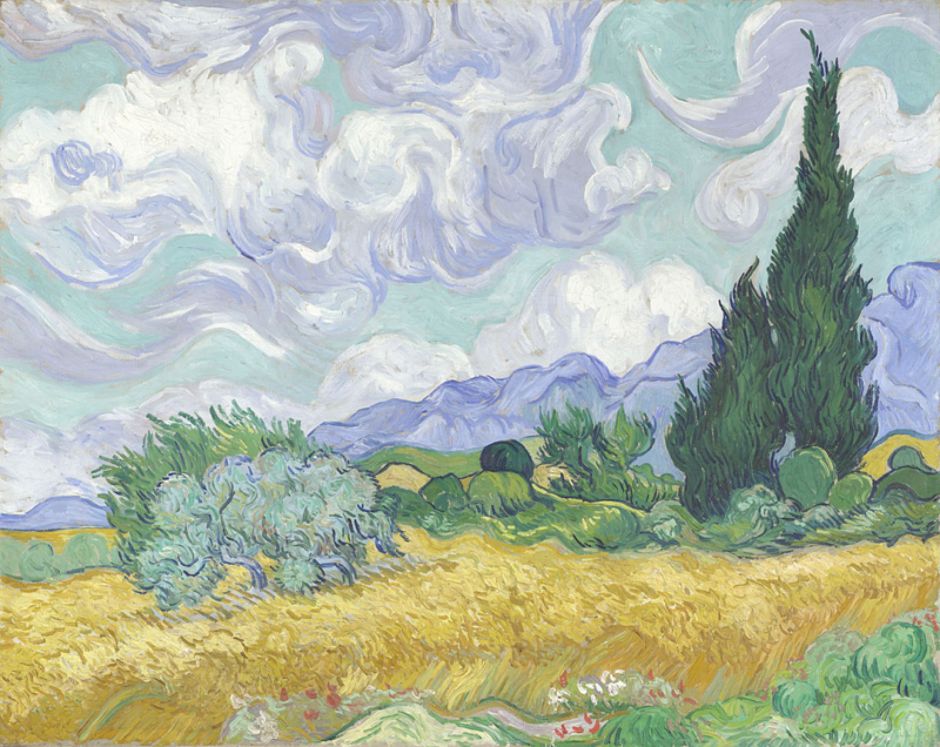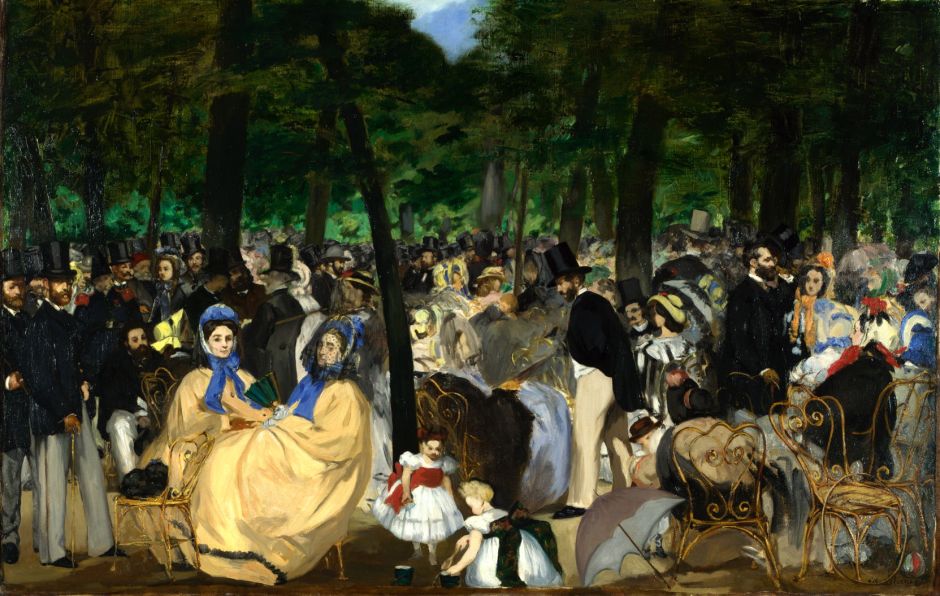Medium and Message: Pure pigment
The closest an artist comes to painting with pure pigment is when applying soft pastel to the ground. From the earliest cave art, humans have applied powdered earths and chalks to surfaces. Some of the oldest surviving masterpieces made using coloured chalks include those of Leonardo da Vinci, and are sometimes incorrectly referred to as pastels.

An example is this drawing of Isabella d’Este from 1500, described here as using “black and red chalk, yellow pastel chalk on paper”. But there is no such thing as “pastel chalk”, any more than there is “oil watercolour”.
Pastels are much more than just a stick of pigmented chalk or coloured earth, as they’re made by mixing pigment and a bulking powder, with water containing a gum or glue, into a thick dough-like paste. That paste is dried slowly in sticks to become sufficiently firm as to be capable of being sharpened and applied to paper or another ground.

Painting in pastels requires many sticks of different colours; although those can be blended on the paper or ground, pastels don’t mix like oil paints to produce good intermediate colours. You can’t paint properly in pastels with just half a dozen different colours, but need dozens or hundreds to support a broad spectrum. This shows one of my sets of pastels, a Winsor & Newton boxed set of 200.
Careful assessment by Thea Burns has established that the earliest painter in pastels was probably Robert Nanteuil.

Nanteuil’s Portrait of Monseigneur Louis Doni d’Attichy, Bishop of Riez from 1663 is one of the first true pastel paintings, relatively small, but expertly worked. When these became popular in the eighteenth century they quickly became all the rage. Unlike oil paints applied in layers over a period of weeks, pastels adhere to the ground mechanically, and have no drying time. A good pastellist could produce a fine portrait in just a few sittings, making them far less demanding on both parties, much quicker, and of course considerably cheaper. The ‘look’ of pastel paintings also came into vogue, with flesh looking lifelike with a soft, matte finish.
Initially there were no fixatives to help the adhesion of pastel to ground, so they all had to be glazed, and even then didn’t prove as durable as a well-made oil painting. But at that price, only the very rich would care.

Next, mainstream artists started using pastels in preparatory work and sketches, here Charles Antoine Coypel’s dramatic portrait of Medea (c 1715).

One of the most brilliant of this first big wave of pastellists was Rosalba Carriera, whose work demonstrated that a good pastel painter could match the accomplishments of the best oil painters of the day. She had a painterly style at times, as shown in her rich marks in Africa, for which I don’t have a date.

In the fingers of a skilled pastellist, materials like hair and fur that had long challenged painters in oils became great strengths. Carriera’s superb Self-Portrait as ‘Winter’ from 1730-31 is a fine example, as seen in the detail below.

Look carefully and you can see individual grains of pastel that form each mark she made. She didn’t just apply her pastels dry and from the stick, but in places turned them back into a paste using water, and applied that to the paper with a brush.
The star pastellist of the middle of that century was undoubtedly Maurice Quentin de La Tour, whose works are readily seen in the Louvre and elsewhere.

De La Tour not only excelled at modelling softer surfaces and materials to which pastels are so suited, but tackled harder and glittery materials used in jewellery and the like. They’re particularly well shown in his Portrait of Marie-Josèphe of Saxony, Dauphine of France (1731–1767) (1756-60).

After de La Tour, the next brilliant pastellist was quite a contrast: Jean-Etienne Liotard, whose meticulous realism is just breathtaking. Applying his pastels to parchment rather than paper, he was able to paint painstakingly detailed works like The Chocolate Girl (c 1744-45). This shows how the medium was moving on from regular portraits.

Only when you see the patterned grain of the pastel on parchment does it become clear that this is not oil paint. I still marvel at the glass of water: surely a demonstration tour de force to make the viewer gasp in wonder.

Louise Élisabeth Vigée Le Brun’s simple portrait of a baby from about 1790 takes up from where Carriera and de La Tour had made their marks. This infant’s face is softly rendered, but their clothes are sketched in a loose style far in advance of oil paintings of the day.
Pastel painting remained popular through the nineteenth century, but its next major advances came with those around the Impressionists, rather than the core Impressionists, who overwhelmingly preferred oils.

Édouard Manet’s Woman Fastening Her Garter (1878-79) shows a motif many would associate more with Degas, and a spontaneous and sketchy style, with an emphasis on form.

Paul César Helleu was radical and exciting in his pastels; his portrait of Consuelo Vanderbilt, Duchess of Marlborough (c 1900) combines perfect, smooth blending over her face with vigorous mark-making through the fabrics and the ornate frame of the chair, as shown in the detail below.

Edgar Degas was another innovative painter in pastels, whose work encouraged Odilon Redon to take the medium on into the twentieth century.

His recurrent theme of a small sailing boat, which kept appearing in Redon’s later paintings, was expressed most extensively in his pastels. Some, like Flower Clouds (c 1903), above, show the boat sketched in roughly, his paper being dominated by nebulous patches of colour from behind.
His best-known painting of the boat, The Yellow Sail (c 1905), below, was painted in pastel too. He exploits new and more intense pigments here, for the sparkling gems in the boat, and the clothing of the two women.

Although the period since has seen new media such as acrylics, there is still nothing else like painting in pure pigment.
Reference
Thea Burns (2007) The Invention of Pastel Painting, Archetype. ISBN 978 1 904982 12 3.




















